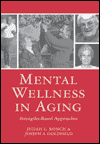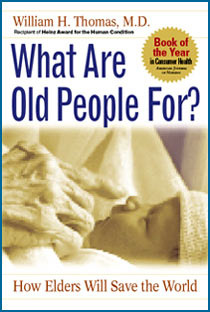![]()
Search
Recent Posts
- ChangingAging.org Redesign -- Please Bookmark!
- Disaster in Buffalo
- Power Up Friday
- Blanchard WinsDays
- Kevin Frick writes...
- Monkhouse Monday
- Getting Closer!
- Blanchard WinsDays
- Power Up Friday
- My Pick for Health and Human Services
- Understanding Health Care Reform
- Facts Are Stubborn Things: Social Security Edition
- Monkhouse Monday
- Localism is Coming
- Krugman Can't Wait...
Recent Comments
Category Archives
- AGING 100
- Aging
- Culture
- Dementia
- Eden Alternative
- Erickson School
- Green House
- Health Policy
- Longevity
- Media
- Rockets
Monthly Archives
- February 2009
- January 2009
- December 2008
- November 2008
- October 2008
- September 2008
- August 2008
- July 2008
- June 2008
- May 2008
- April 2008
- March 2008
- February 2008
- January 2008
- December 2007
- November 2007
- October 2007
- September 2007
- August 2007
 Subscribe to this blog's feed
Subscribe to this blog's feed
Announcements

Blog Data
« Summer Fun -- On the Move | Main | Monkhouse Mondays: Older employees »
August 23, 2008 |Permalink |Comments (0)
Advance Directives
Check out this recent post by Jane Gross, who blogs on aging issues for the New York Times:
The article includes a letter written to a nursing home by restraint reduction pioneer Neville Strumpf, regarding her mother's care. The letter is put forth as an excellent example of how family members can provide constructive feedback regarding their loved one's care. But there are more lessons to be learned here.
Unfortunately, all did not go well for Ms. Strumpf's mother. The letter highlights a few areas that seem to be all too common. In large part, it boils down to poor communication.
A precipitous move to a different room was very disruptive to Ms. Strumpf's mother and her family. Subsequently, she was hospitalized for a low sodium level, a condition which was deemed readily correctable, but ultimately was not. (What often looks like a simple chemical imbalance can actually be a sign of impending organ shutdown.)
Most important was the fact that Ms. Strumpf's mother was apparently hospitalized in violation of a prior expressed directive, and she ultimately died in hospital, when a comfort-oriented approach at the nursing home would have been better for all.
This reveals a two important flaws in our system of care. One is the idea that it is okay to ignore a directive if a problem looks like it can be easily treated. A person who requests "no hospitalization" is aware that this could lead to death and has accepted this eventuality. We must respect this choice, and not reverse it without the consent of the person or her proxy.
Another flaw is the refusal of our insurers to pay for more intensive levels of acute or palliative care within the nursing home. Such care is usually more cost-effective than that given in the hospital. But there is no reimbursement for "subacute care" in the nursing home, so the home is faced with the choice of either giving the extra treatment at cost with no reimbursement, or shifting the cost to the hospital, where such treatment may be less desirable but is always paid for. It is a system that encourages expensive treatment by strangers and discourages a more sensible approach within familiar surroundings.
I share Professor Strumpf's frustration. We see this all too often.














